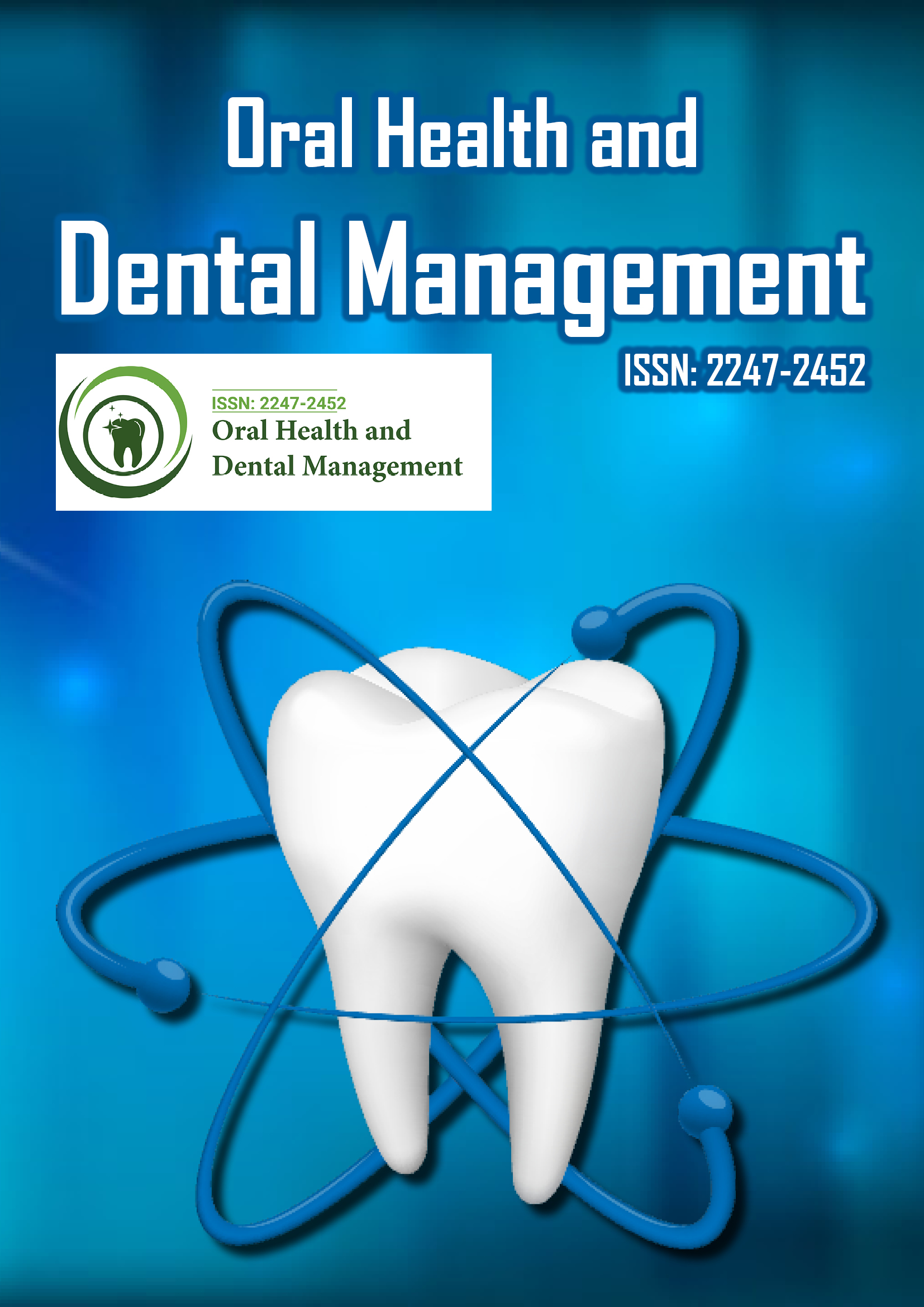Indexed In
- The Global Impact Factor (GIF)
- CiteFactor
- Electronic Journals Library
- RefSeek
- Hamdard University
- EBSCO A-Z
- Virtual Library of Biology (vifabio)
- International committee of medical journals editors (ICMJE)
- Google Scholar
Useful Links
Share This Page
Journal Flyer

Open Access Journals
- Agri and Aquaculture
- Biochemistry
- Bioinformatics & Systems Biology
- Business & Management
- Chemistry
- Clinical Sciences
- Engineering
- Food & Nutrition
- General Science
- Genetics & Molecular Biology
- Immunology & Microbiology
- Medical Sciences
- Neuroscience & Psychology
- Nursing & Health Care
- Pharmaceutical Sciences
The improvement in peer assessment rating (PAR) scores after non-extraction, pre-molar extraction and lower incisor extraction treatment
7th Global Dentists and Pediatric Dentistry Annual Meeting
March 31- April 01, 2016 Valencia, Spain
Adeel Tahir Kamal, Attiya Shaikh and Mubassar Fida
Aga Khan University, Pakistan
Posters & Accepted Abstracts: Oral Health Dent Manag
Abstract:
Introduction: Malocclusion is the lack of harmonious contacts between the upper and lower teeth and the deviation of teeth from the line of the arch. Class I malocclusion may present with malocclusion traits such as crowding, spaces, rotations, open-bite, deepbite and cross-bite. The study aims to compare the percentage improvement in the Peer Assessment Rating (PAR) scores with three different treatment protocols i.e. non-extraction treatments, lower incisor extraction and premolar extractions in the treatment of orthodontic patients with Class I malocclusion. Material & Methods: Pretreatment and post-treatment PAR scores of 108 subjects‚?? were evaluated on the dental casts. The percentage improvement in PAR scores for each subject was calculated. The PAR scores and percentage improvement of males and females were compared using Mann-Whitney U test. The percentage improvement in PAR scores of patients undergoing non-extraction, premolar extraction and lower incisor extraction treatments were compared using Kruskal-Wallis test and a p-value <0.05 was considered statistically significant. Results: No significant differences were found in the percent improvement in PAR scores between males and females. A lower mean pretreatment PAR score was found in females indicating that they seek orthodontic treatment with a lower degree of malocclusion as compared to males. On average, there was a PAR improvement of 75.8% in non-extraction treatment, 73.1% in premolar extraction and 70.5% in lower extraction cases was recorded. Conclusions: Overall, there was an insignificant PAR improvement amongst the three treatment modalities which suggests that each modality has the potential to effectively correct malocclusion. However, the PAR percentage improvement represents a high standard of orthodontic treatment conducted at AKUH.
Biography :
Email: adeel.tahir@aku.edu
